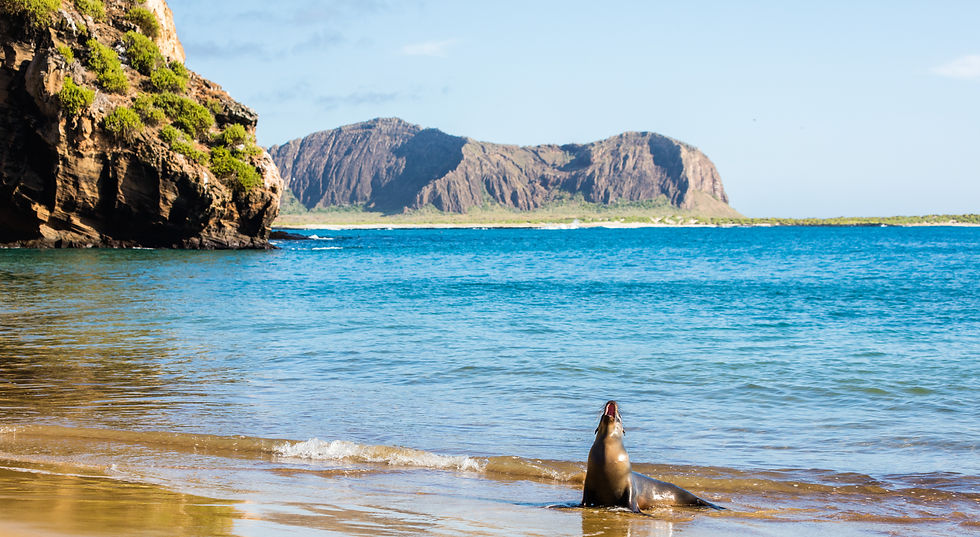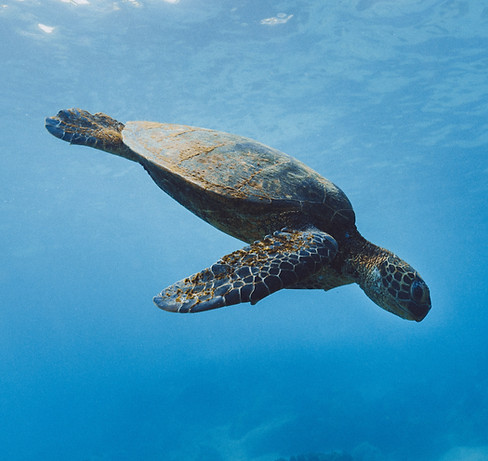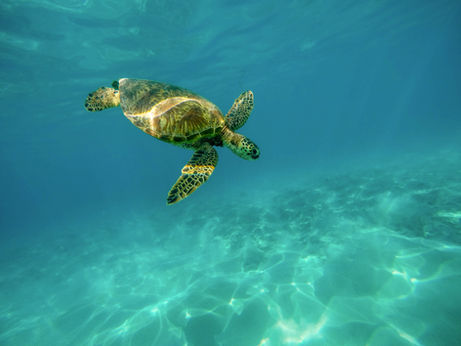
ECUADOR

the galápagos islands
Just off the coast of Ecuador lies this stunning archipelago, featuring one of the most biodiverse ecosystems in the world.
overview
The Galápagos Islands are nicknamed the “living museum and showcase of evolution” because of its immense biodiversity. The archipelago is surrounded by three major eastern Pacific ocean currents, resulting in one of the richest marine ecosystems in the world. The animals and plants rely heavily on this ocean habitat which fosters an unique and inseparable link between the terrestrial and marine ecosystems. Additionally, the El Niño phenomenon influences the tropical climate of the islands, while seismic and volcanic activity continue to sweep the island. All of these factors along with extreme isolation contribute to unusual flora and fauna. Their special uniqueness can be seen when Charles Darwin visited the Galápagos Islands in 1835. The endemic plants and wildlife – such as the Galápagos finch – inspired part of his theory of evolution by natural selection. These are only a few examples of the stunning beauty and importance of the Galápagos Islands; read on to learn more!

physical
The Galápagos Islands float 1,000 kilometers off the coast of Ecuador. The archipelago includes 127 islands, with 19 being relatively large and 4 being inhabited. The Galápagos has a small population of only 30,000 people. However, 170,000 tourists visit each year. That’s nearly six times the population! In 1959, 97% of the land was made National Park to protect the habitats. The islands are surrounded by the Galapagos Marine Reserve. This reserve – one of the largest marine reserves in the world – was established in 1986 with an area of 70,000 square kilometers. In 1998, it was extended to its current area of 133,000 square kilometers.


geology
The Galápagos Islands are very young compared to most archipelagos. Its youngest and largest islands are Isabela and Fernandina, with less than 1 million years of existence. In contrast, the Galápagos’ oldest islands are Española and San Cristóbal. These islands have a whopping 3 to 5 million years of existence! The Galápagos are very unique because they show evolution between younger volcanic areas and older areas. They feature ongoing geological and geomorphological processes, such as volcanic eruptions, small seismic movements, and erosion. Almost no other site in the world has this continuum of processes!
flora + fauna
The Galápagos Islands house some of the most biodiverse ecosystems in the world, along with unique, tightly intertwined terrestrial and marine worlds. This connection between land and ocean can be seen in sea lions, iguanas, and seabirds, who live on land but rely on the ocean for survival. Well known marine species include sharks, whale sharks, rays, and dolphins. Due to many factors such as a unique placement among three Pacific ocean currents, the El Niño phenomenon, and isolation, many species living on the Galápagos are endemic. Almost three thousand marine species have 18.2% endemism! Better yet, the Galápagos is home to the only marine iguana in the world. An example of endemism on the Islands includes 12 native terrestrial mammal species, where 11 are endemic and 10 threatened or extinct. Additionally, among 36 reptile species, all are endemic and most are threatened or extinct. The islands are also home to endemic plants, such as the giant daisy trees Scalesia spp. These species only scratch the surface of the diversity and endemic life on the Galápagos Islands!














